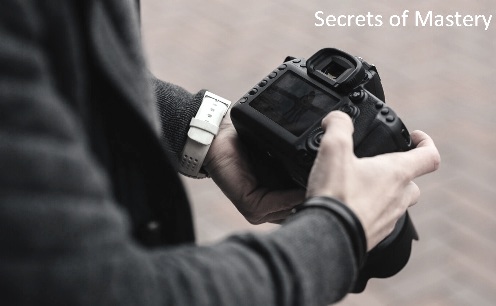How to Photograph: Secrets of Mastery
Photography is the art of conveying reality through an image that can be done by various technical means.
Photography not only captures important moments of life, but is also a way of expressing oneself, as each photograph is a reflection of the inner world of the author. In this essay we consider the main aspects and secrets of photography mastery.
Camera selection
The most important element for photography is the camera. There are different types of cameras: digital, mirrored, mirrorless, compact and others. The choice depends on your preferences and goals. For example, for professional shooting it is better to choose a mirror or a mirrorless camera, as they have high image quality and the ability to manually adjust the shooting parameters. For amateurs and novice photographers suitable compact cameras that have enough functionality and are affordable.
Camera setup
After selecting the camera, you must configure its settings. The main options to be configured include image resolution, white balance, shooting mode (automatic or manual), ISO, focal distance and others. The resolution of the image determines the size of the photo and, accordingly, the quality of the image. White balance adjusts the color temperature to make the colors in the photo more natural. The shooting mode is selected depending on whether you want to fully control the shooting process or prefer automatic settings. The ISO determines the sensitivity of the matrix to light and the focal length determines the angle of view of the lens.
Frame composition
Frame composition is the location of objects in the photo, which provides a harmonious image perception. There are several rules of frame composition: the rule of the third, the rule of the golden section, symmetry and asymmetry. Rule three divides the frame into nine equal parts, and the main objects are located on the lines and at the intersection points of these lines. The golden ratio rule is that the most important elements of the frame are located at a distance of 1/3 and 2/3 from the edges. Symmetry and asymmetry are used to create the balance and dynamics of the image.
Lighting
Lighting plays an important role in photography as it affects the image quality and atmosphere of the image. There are two main types of lighting: natural and artificial. Natural lighting depends on the time of day and weather conditions, so it is difficult to control. Artificial lighting can be adjusted with reflectors, softboxes and other light fixtures.
Retouch and photo processing
After shooting photos often need retouching and processing. Retouch includes removing image defects, improving color and contrast, and changing frame composition. Processing allows you to add various effects, such as vignetting, blurring, grit and others. It is important to remember that processing should not distort reality, but only complement it.
Conclusion
Photography is not only a skill but also an art. To become a professional photographer, it is necessary to develop their skills, to study theory and practice, to experiment with various techniques and equipment. This is the only way to achieve mastery and create unique and quality photos.




